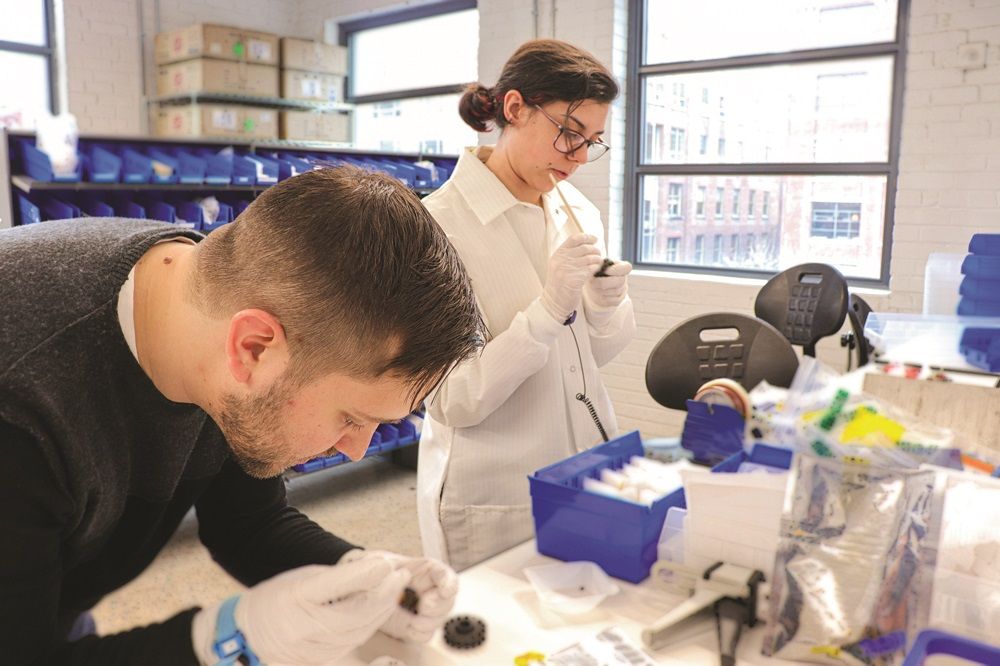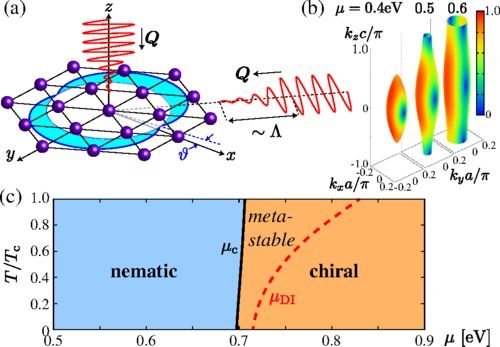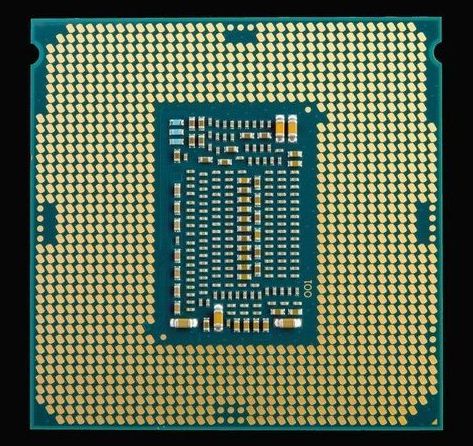Mar 8, 2020
Kepler’s decision to build its own cubesats surprises manufacturers
Posted by Genevieve Klien in categories: internet, satellites
That’s no longer the case. Blue Canyon Technologies, AAC Clyde Space, GomSpace, NanoAvionics, Tyvak and several others are ready and willing to build cubesats en masse. So it came as a surprise to many cubesat manufacturers when Kepler Communications announced plans in January to manufacture its constellation of 140 Internet of Things satellites in-house.
Kepler is poised to become one of the world’s largest cubesat operators once its constellation is fully in orbit, a target set for the end of 2022. Only Planet currently operates a fleet that large.
Instead of formally soliciting bids from a wide range of cubesat builders, though, Toronto-based Kepler turned to the University of Toronto Institute for Aerospace Space Flight Laboratory (SFL) for help setting up its own manufacturing line. Kepler also received 1 million Canadian dollars ($760,000) from the Canadian Space Agency to mature its bus design and production techniques, leading some observers to conclude national pride could play a role. Through Kepler, Canada is establishing a robust cubesat manufacturing capability.


















